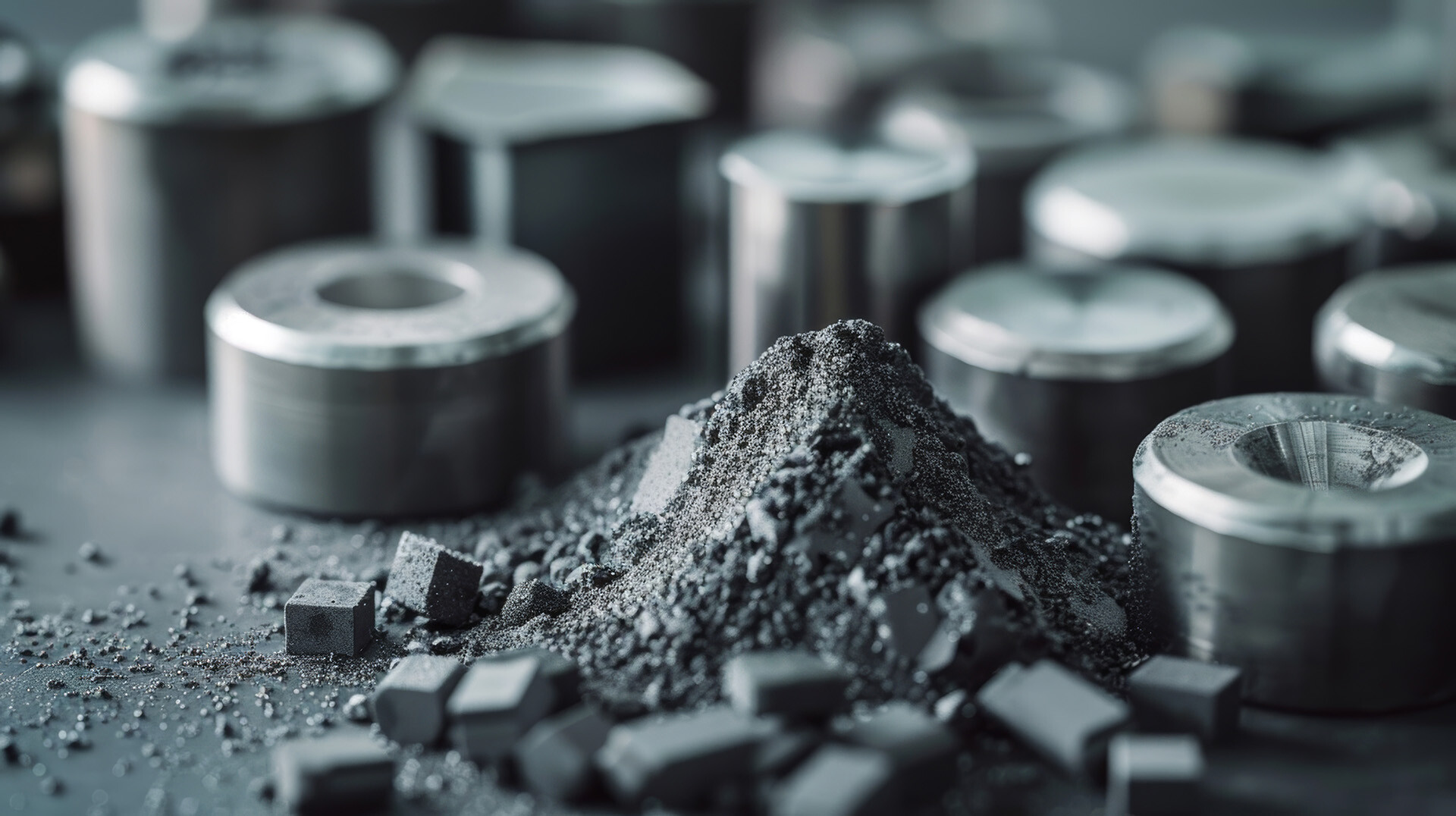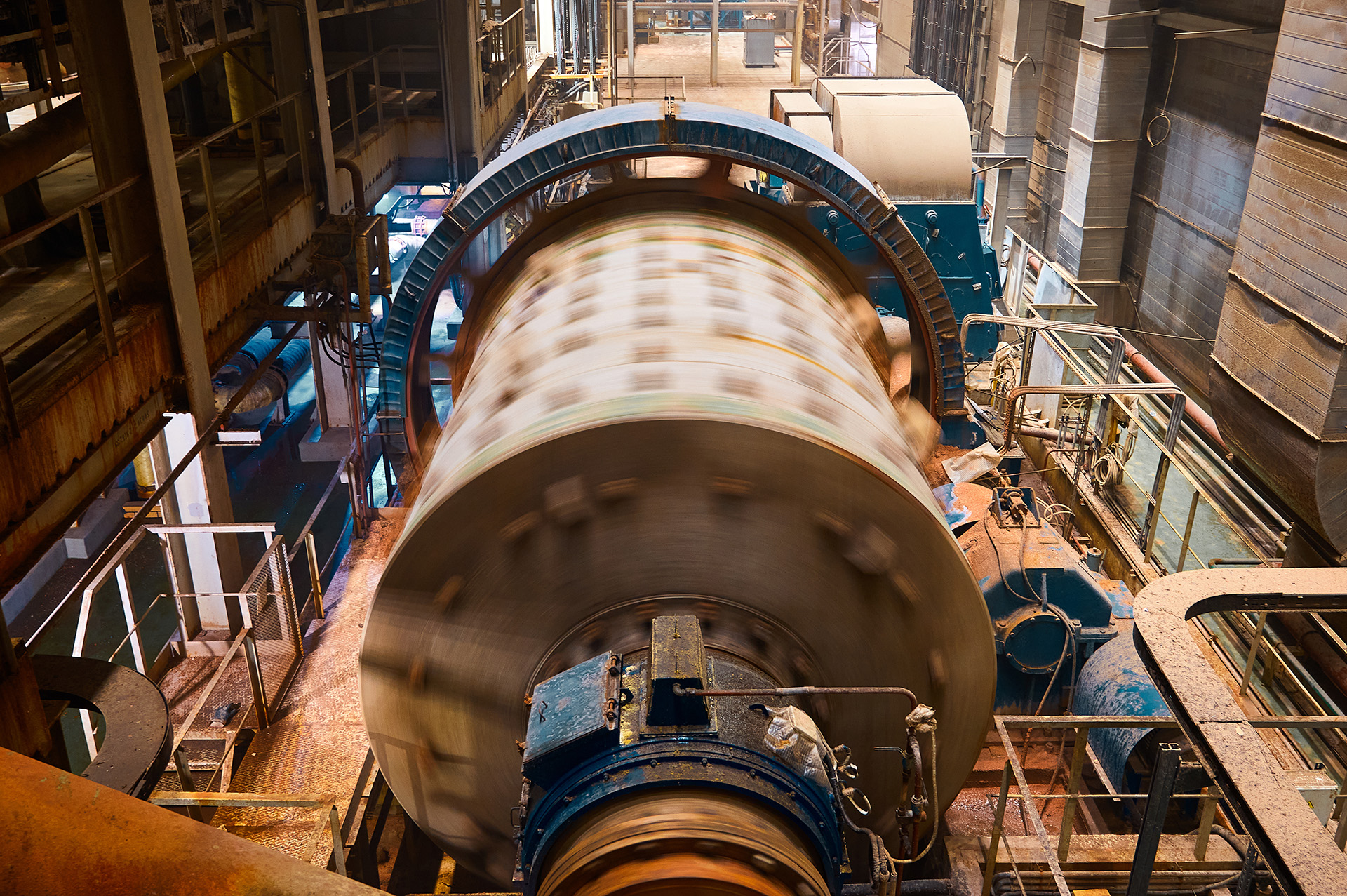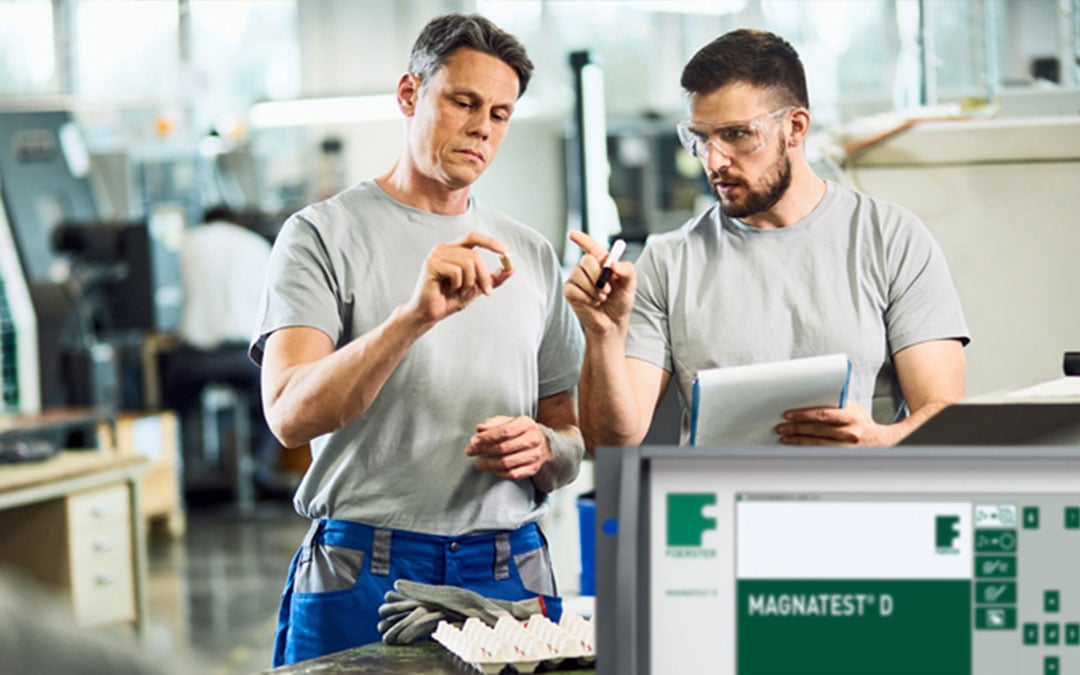Rethinking Density Verification: The Impact of Inline Testing
In our first post on sintered components, we outlined how powder metallurgy enables the creation of high-precision parts and why density is the backbone of performance factors like strength, hardness, and ductility. We also introduced eddy current testing as a non-destructive way to verify density.
For quality managers, production engineers, and executive leaders, the key question is not what density means, but how early and effectively you measure it in production. If you still rely on slow or selective QA checks, you miss critical opportunities to improve scrap rates, recover green parts, and avoid costly downstream failures.
How Undetected Density Variations Drive Scrap, Rework, and Downtime
Whether you’re managing daily throughput or evaluating plant wide KPIs, the consequences of density variation extend far beyond the quality lab.
Traditional QA methods like destructive lab testing or periodic sampling can’t keep up with modern manufacturing demands. They are too slow, too selective, and too late to prevent costly mistakes. Consider a real-world scenario:
A Tier 1 automotive supplier producing sintered transmission components noticed an uptick in post-sintering failures. Despite all parts passing visual inspection, several exhibited internal porosity that only became evident during final assembly. This causes line stoppages, creates warranty risk, and adds additional rework. The root cause? Undetected green part density variation due to inconsistent compaction. Their batch sampling approach failed to catch the outliers early enough.
This isn’t uncommon. Without real-time, inline verification, manufacturers risk:
- Delays in detection limit recovery options and inflate scrap costs.
- Missed defects that fall outside sample windows but still reach final inspection.
- Inefficient resource use occurs when defective green parts are sintered before failure is found, wasting energy, time, and material.
The business case is clear: early, inline density verification isn’t just a quality upgrade—it’s a production safeguard and a cost control strategy.
Real-Time Insights That Move at Production Speed
Let’s return to the example of the automotive supplier struggling with post-sintering failures. Once the root cause—compaction inconsistencies—was identified, the team began searching for a way to catch these issues earlier.
Instead of relying on random sampling and lab testing, they introduced inline density verification at the green part stage. Every compacted part passed through a non-contact test coil, and density outliers were flagged immediately. Defective green parts were removed before sintering, allowing the material to be reprocessed instead of being scrapped.
The results were clear: scrap rates dropped, energy use per part fell, and with consistent part integrity confirmed after sintering, downstream quality issues virtually disappeared.
This is the kind of shift more manufacturers are making—not just to reduce defects, but to take better control of the production process from start to finish.
This kind of outcome isn't limited to one manufacturer. At FOERSTER, we help teams shift from reactive quality control to real-time process assurance. Our eddy current systems are designed to keep pace with production and provide QA managers, engineers, and operators with the visibility they need to act early. Beyond the automotive sector, industries such as aerospace, medical device manufacturing, and electronics have also seen significant improvements by adopting early density verification. This cross-industry relevance reinforces the scalability of our solutions, making them valuable to a wide range of manufacturing leaders.
For operations focused on speed, data, and precision, the MAGNATEST TCL is our latest and most advanced solution. It builds on decades of magneto-inductive expertise with features that support evolving plant requirements:
- Rapid calibration and quick test setup to reduce downtime during changeovers
- Inline detection of density variation and microstructural inconsistencies—green or sintered
- Smart system integration with sorting controls, PLC signaling, and remote diagnostics
- Modular design that scales from single stations to multi-line environments
With the MAGNATEST TCL, manufacturers can ensure every part meets target density without slowing down production or waiting for lab results. It seamlessly integrates with existing production lines through straightforward system links and software interfaces, minimizing downtime during installation. Whether it's at the press or post-process, MAGNATEST TCL provides fast, actionable data that supports better decisions and better parts, offering plant leaders assurance of compatibility and minimal disruption.
Actionable Takeaways for Quality and Production Leaders
- Detect density issues early to reduce waste and prevent costly failures. Implement inline testing at the green part stage for improved accuracy and proactivity.
- Verify 100% of parts to gain full production confidence. Move beyond spot checks and ensure comprehensive visibility into all production, maintaining speed and efficiency.
- Calculate the true cost of defects by considering scrap rates, energy use, warranty claims, and rework. Making small adjustments upstream can result in significant cost savings downstream.
- Explore solutions that ensure scalability and support continuous improvement. Leverage technologies like FOERSTER's MAGNATEST TCL as critical tools for scaling, automation, and scrap reduction, accelerating your progress toward operational goals.
Share this
You May Also Like
These Related Stories

The Importance of Density Verification with Sintered Metal Parts

Safeguarding FOERSTER Inspection Equipment for Long-Term Protection
